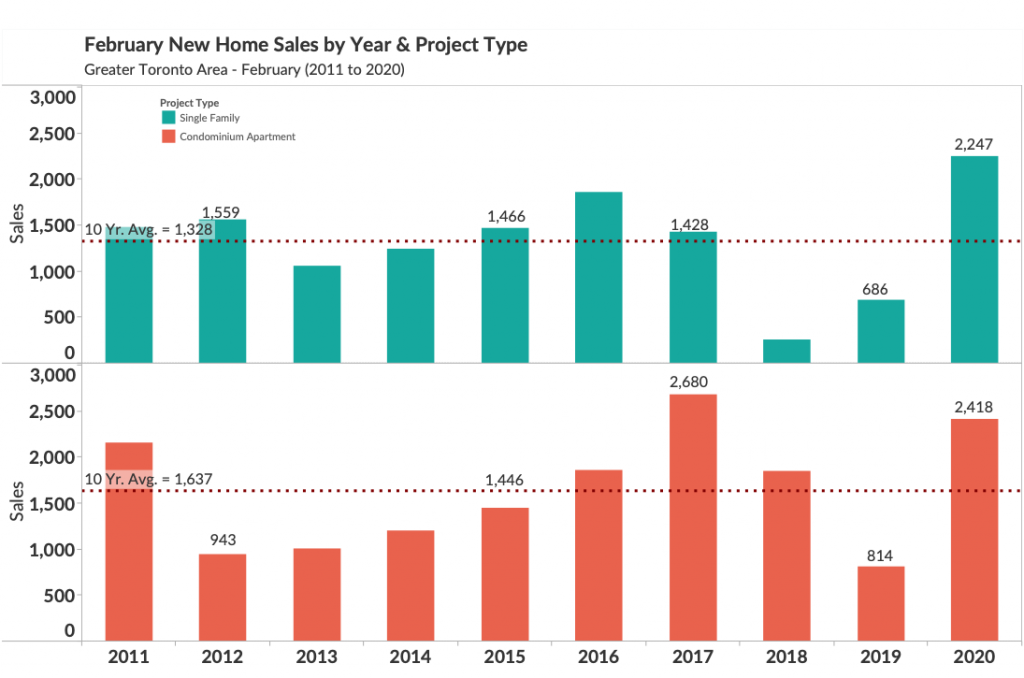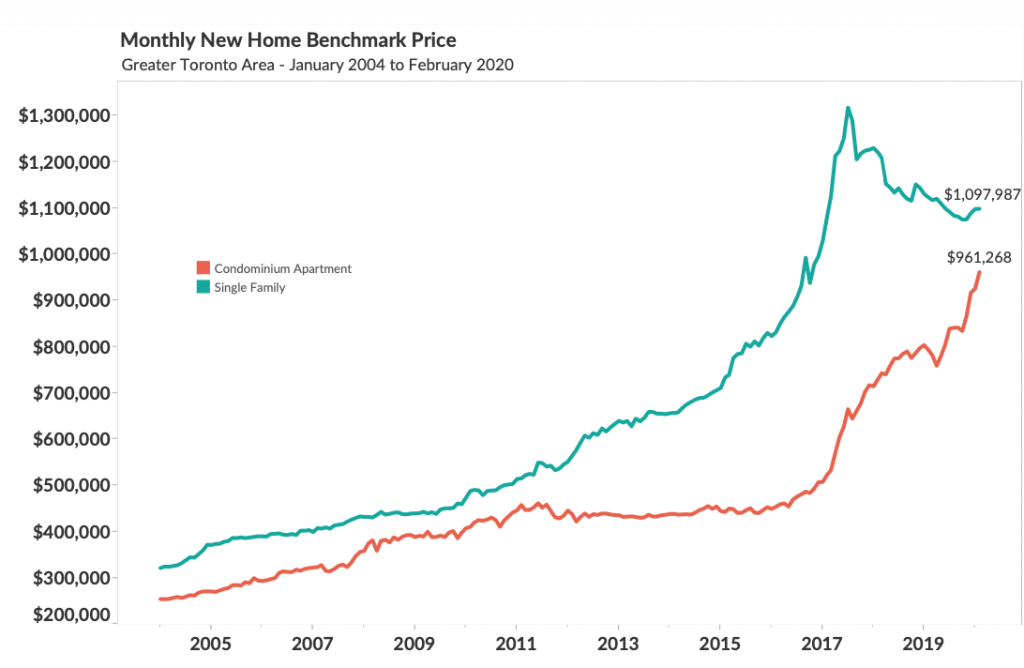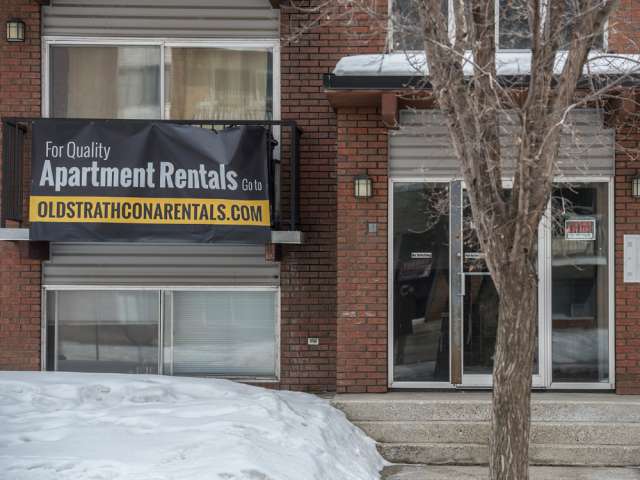A second surprise rate-cut this month from Canada’s central bank, has mortgage experts reluctant to predict what is in store for consumers, who are reeling from lost income in the COVID-19 pandemic.
The Bank of Canada’s decision to lower its key rate to 0.25 per cent was primarily aimed at easing the economic shocks of virus containment and plunging oil prices — but its effect on mortgage rates is downright confusing.
Paul Taylor, CEO of Mortgage Professionals of Canada, says there could be a slight reduction in mortgage rates but it may not occur immediately because the banks’ margins on mortgages are already thin and investors are demanding such rates of return, there isn’t enough money to go around.
“So consumers may not see an immediate pass-through of the rate reduction that occurred today,” said Taylor.
“If the market remains turbulent, they may not see any of it.”
Since last week, some mortgage and commercial lending rates have actually risen.
It usually takes about three business days for the banks and major lenders to announce whether they will move their rates in response to the Bank of Canada’s, said James Laird, founder of mortgage site Ratehub and president of CanWise Financial.
Around March 17, the best fixed rates being offered by most lenders were between 2 and 2.5 per cent, Laird said. Just over a week later, those had gone up by an average of half a per cent.
It is impossible to predict what will happen in the coming days, he said.
What the bank rate means to different borrowers varies depending on whether a consumer holds a loan already or is applying for a new one.
“Everyone’s complete financial picture has probably changed a lot in the last two weeks. The mortgage is only one part of the whole household finance picture,” he said.
Those with variable rate mortgages and loans such as Home Equity Lines of Credit, “are doing great.” They have already seen a full one-per-cent drop this month and it’s likely they will benefit by the latest 50-point fall, he said.
“Prime is likely going to be 2.45 per cent if (lenders) pass along the entire 50 basis points. A lot of Canadians have something like prime, minus one per cent. Many Canadians’ variable rate mortgage will certainly be less than two per cent and a lot of them will be around 1.5 per cent — really cheap money,” said Laird.
For those who are applying for new loans, variable rate discounts have been shrinking and fixed rates have been rising.
“Even though logic suggests they should drop, the history of the last three weeks suggests that might not happen. It’s possible they stay the same or they go up,” said Laird.
Fixed rates are more difficult to analyze. Typically the central bank cut would result in reduced fixed-rate loans. But since about the middle of last week lenders have been inserting an unusual “fixed-rate premium” into their mortgage pricing, he said.
Those who believe Canada is heading for a long recession may expect the variable rates to stay low. Consumers who expect the country to rebound later this year or early next year could lock in a fixed rate, because, when the economy improves, variable rates will rise.
“The bank has extended an extraordinary monetary stimulus to deal with this extraordinary time. When the extraordinary time is over, you can expect that monetary stimulus will go away,” said Laird.
Denise Laframboise, a broker with Element Mortgage Group, said she gets asked every day why consumer loan rates are climbing at the same time the Bank of Canada rate has been dropping.
Normally, if the bond market goes down, banks wait a little while to see if that’s where they’ll stay and then they move down accordingly. But in the unstable environment of COVID-19, lenders are worried about risk premiums. Among the 57 lenders she deals with, rates “are all over the map,” Laframboise said.
“They are changing daily. Sometimes they are changing hourly,” she said. “People who are shopping are going to be so confused.”
Laframboise advises most of her clients to choose variable loans under the current circumstances, saying, “It offers a bit of stability in a chaotic world.
“Inflation is not happening any time soon and that is what will make the Bank of Canada increase. So I think we’re down here for the long haul. If the fixed rates go down, you would have the opportunity to lock in if you wanted to,” she said.
A backlog of deferral applications — some lenders are seeing a 300- or 400-per-cent increase — may also be contributing to the spread in rates, said Laframboise. She said one lender was trying to process 24,000 deferral requests.
One of her clients spent eight-and-a-half hours on hold waiting to talk to a bank.
“That’s terrible to have to do that, but that’s the mass influx of what they’re dealing with,” she said.
Many consumers are choosing to refinance their loans to survive the crisis, said Laframboise.
People are pulling money out of their houses as an emergency fund, to defer work to look after children, or they are worried about employment and want to apply for refinancing while they can show income from their job. Employment Insurance does not qualify as income on a loan application.
“A lot of people that are self-employed are pulling out money to sustain their business. If you have a big commercial rent, you have to pay and you’re closed, it’s a bad situation for a lot of people,” said Laframboise.
The federal government’s response to the COVID-19 crisis is almost identical to that of the financial crisis in 2008-2009, said Taylor. The catalyst this time isn’t the collapse of the housing market affecting credit; it is investors pulling their money out of the market because they can see the drop in business and profit.
In the housing crisis, there were service industry jobs for those who lost their source of income. This time, there’s no work because the hospitality industry has shut down.
“As soon as the first government makes an announcement that individuals can convene again and it’s safe to go out for a meal, there’s probably going to be quite a bit of pent-up demand. People are already going stir-crazy in their home offices so they’ll be happy to go out,” said Taylor.
“But it will take a while before all those hospitality businesses are up to capacity again.
“So it’s going to be a slow climb out of the economic turmoil we’re in.”
Bank of Canada governor Stephen Poloz played down the idea of sending interest rates negative, saying on Friday, they’re not sensible at this stage.
With files from The Canadian Press










 Maziar Moini, Broker of Record - Home Leader Realty Inc.
300 Richmond St. W., #300, Toronto, ON M5V-1X2
Maziar Moini, Broker of Record - Home Leader Realty Inc.
300 Richmond St. W., #300, Toronto, ON M5V-1X2

